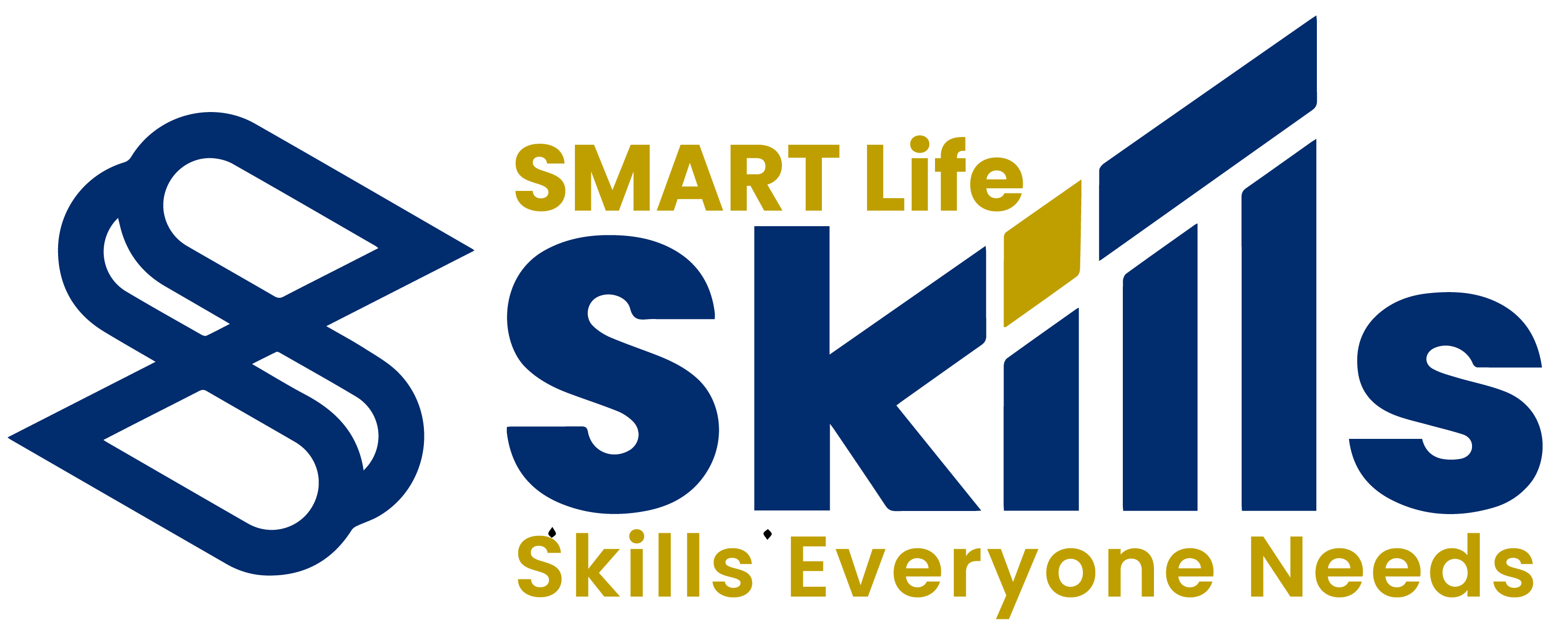In the contemporary business environment, Human Resource (HR) metrics and analytics have emerged as indispensable tools for evaluating, enhancing, and demonstrating the effectiveness of HR functions. As organisations increasingly seek to align human capital strategies with business objectives, HR analytics provides a systematic way to link people data with organisational performance outcomes. According to Rasmussen et al. (2018), HR analytics enables organisations to demonstrate the value of HR practices by connecting them with tangible business results such as productivity, profitability, employee engagement, and turnover. The growing availability of big data and the evolution of predictive analytics have transformed HR from a primarily administrative function into a strategic partner in organisational success.
1.0 Understanding HR Metrics and Analytics
HR metrics are quantitative measures used to assess the efficiency and effectiveness of HR policies, processes, and activities (Armstrong, 2016). Examples include employee turnover rates, cost-per-hire, absenteeism, and training return on investment (ROI). These metrics allow HR managers to monitor workforce trends and evaluate how HR initiatives contribute to broader business outcomes.
HR analytics, on the other hand, refers to the systematic collection, analysis, and interpretation of HR-related data to improve decision-making. It moves beyond basic metrics by employing statistical techniques and data modelling to identify patterns, predict trends, and support strategic business decisions (Minbaeva, 2018). The integration of analytics allows HR professionals to answer not just “what happened” but also “why it happened” and “what might happen next.”
The Chartered Institute of Personnel and Development (CIPD, 2020) defines HR analytics as a process that uses data to understand and optimise the human side of business performance. It promotes evidence-based HRM, where decisions are guided by objective analysis rather than intuition. Consequently, HR analytics has become an essential capability for organisations aiming to gain competitive advantage through people.
2.0 The Evolution of HR Analytics
Historically, HR measurement was limited to administrative reporting and compliance tracking. Early HR metrics focused on descriptive statistics, such as headcount or turnover, offering limited strategic value (Lawler, Levenson & Boudreau, 2004). However, technological advancements, including the rise of Human Resource Information Systems (HRIS) and big data analytics, have revolutionised HR measurement practices.
According to Rasmussen and Ulrich (2015), HR analytics has evolved through three stages:
- Descriptive Analytics – focuses on reporting past data, such as turnover rates or absenteeism.
- Diagnostic Analytics – identifies reasons behind trends, such as why turnover is high in certain departments.
- Predictive and Prescriptive Analytics – uses statistical modelling and machine learning to forecast future workforce needs and recommend solutions.
For example, Google’s Project Oxygen is often cited as a successful use of HR analytics. Through systematic analysis of performance and engagement data, Google identified key managerial behaviours that contribute to team success, enabling the company to redesign leadership development programmes (Bryant & Allen, 2013). This illustrates how predictive insights can directly shape organisational strategy and culture.
3.0 Types of HR Metrics
Effective HR metrics cover a wide range of areas within the employee lifecycle. The most common include:
3.1 Recruitment Metrics
Recruitment analytics measure the efficiency of hiring processes and the quality of new hires. Key indicators include time-to-fill, cost-per-hire, and quality-of-hire (Armstrong, 2016). For instance, if a company’s average time-to-fill exceeds industry benchmarks, HR can investigate whether the issue lies in candidate sourcing or selection procedures.
3.2 Training and Development Metrics
Evaluating training ROI is essential to determine whether learning interventions improve employee performance. According to Kirkpatrick’s (1996) model, training evaluation occurs across four levels—reaction, learning, behaviour, and results. By quantifying training outcomes, HR can justify investment in development programmes and ensure alignment with organisational goals.
3.3 Performance and Productivity Metrics
Performance metrics track how effectively employees contribute to business objectives. Examples include performance ratings, goal attainment, and productivity ratios (Rasmussen et al., 2018). Advanced analytics can identify high-performing teams or predict which employees are likely to excel in leadership roles.
3.4 Retention and Turnover Metrics
Employee turnover is a critical metric that reflects organisational health. High turnover rates can signal issues such as poor management, inadequate rewards, or lack of career development. Predictive analytics can help forecast turnover risk by analysing factors like job satisfaction scores, compensation competitiveness, and engagement survey data (Minbaeva, 2018).
3.5 Compensation and Benefits Metrics
Metrics such as pay equity, benefits utilisation, and compensation-to-revenue ratios provide insight into whether remuneration strategies are competitive and sustainable. For instance, analysing gender pay gap data can help ensure compliance with Equality Act 2010 and promote fairness in compensation practices (CIPD, 2020).
4.0 Strategic Role of HR Analytics
HR analytics is now recognised as a strategic enabler of business performance. According to the CIPD (2020), data-driven HRM enhances evidence-based decision-making and strengthens HR’s position as a strategic business partner. By providing insights into workforce dynamics, HR analytics allows leaders to make more informed decisions on talent management, succession planning, and organisational design.
Minbaeva (2018) argues that HR analytics supports strategic alignment by linking people data with business outcomes. For example, by analysing sales data alongside performance reviews, organisations can identify the HR practices that most strongly influence customer satisfaction or profitability.
A case in point is IBM’s Smarter Workforce Initiative, which integrates predictive analytics into talent management. The company’s HR team uses algorithms to forecast which employees are most likely to leave, enabling proactive retention strategies. As a result, IBM has significantly reduced voluntary turnover, illustrating how predictive analytics can generate measurable business value.
5.0 Challenges in Implementing HR Analytics
Despite its benefits, implementing HR analytics presents several challenges.
5.1 Data Quality and Integration
One major obstacle is ensuring data accuracy and consistency. Many organisations store employee data across multiple systems, leading to fragmented or inconsistent datasets (Rasmussen & Ulrich, 2015). Without reliable data, analytical outputs may be misleading.
5.2 Analytical Capability
HR departments often lack the analytical skills required to interpret complex data. As Boudreau and Cascio (2017) note, effective HR analytics requires not only HR knowledge but also expertise in statistics, data science, and business strategy. Investing in analytics training or cross-functional teams can help bridge this gap.
5.3 Ethical and Privacy Concerns
The growing use of employee data raises ethical and legal challenges. HR professionals must ensure compliance with the General Data Protection Regulation (GDPR) and respect employee privacy (CIPD, 2020). Transparent communication about how data is collected and used helps maintain employee trust.
5.4 Organisational Culture
A data-driven culture is essential for successful analytics adoption. However, resistance to change or reliance on intuition-based decision-making can hinder implementation. Senior leaders must advocate for evidence-based management and integrate analytics into the organisational decision-making process (Rasmussen et al., 2018).
6.0 Best Practices in HR Metrics and Analytics
Organisations that effectively leverage HR analytics adopt several best practices:
- Align Analytics with Strategy: HR metrics must be tied to organisational goals. For example, if a company aims to improve innovation, HR should track metrics related to training, diversity, and collaboration.
- Start Small and Scale: Begin with a few critical metrics, such as turnover or engagement, before expanding to predictive analytics (Minbaeva, 2018).
- Ensure Data Integrity: Implement HRIS systems that integrate data across departments to ensure consistency.
- Develop Analytical Skills: Invest in data literacy for HR professionals through training and collaboration with data scientists.
- Maintain Ethical Standards: Comply with data protection laws and communicate openly about data use to employees.
- Regular Reporting: Use visual dashboards to communicate findings effectively to executives and line managers (CIPD, 2020).
7.0 The Future of HR Analytics
The future of HR analytics lies in artificial intelligence (AI) and machine learning (ML), which will further enhance predictive capabilities. AI-powered tools can analyse vast datasets to identify trends and make real-time recommendations. According to the Deloitte Human Capital Trends Report (2020), over 70% of organisations plan to increase investment in HR analytics and AI-driven workforce solutions.
Emerging trends such as people sentiment analysis, predictive attrition modelling, and skills forecasting will redefine HR’s contribution to business strategy. As HR becomes increasingly data-driven, the focus will shift from measurement to strategic foresight, enabling organisations to anticipate workforce needs before they arise.
In summary, HR metrics and analytics are transforming how organisations measure and manage their people. From tracking basic workforce data to employing advanced predictive models, HR analytics enables evidence-based decisions that enhance both organisational performance and employee experience. As the CIPD (2020) notes, data-driven HR practices elevate HR’s role from administrative support to strategic business leadership. To fully realise this potential, organisations must invest in data infrastructure, analytical capability, and ethical governance. In a rapidly changing business landscape, HR analytics is not merely a tool for measurement—it is a strategic imperative for sustainable organisational success.
References
Armstrong, M. (2016) Armstrong’s Handbook of Human Resource Management Practice. 14th ed. London: Kogan Page.
Boudreau, J.W. & Cascio, W.F. (2017) Human Capital Analytics: How to Harness the Potential of Your Organisation’s Greatest Asset. London: Kogan Page.
Bryant, P.C. & Allen, D.G. (2013) ‘Compensation, Benefits and Employee Turnover: HR Strategies for Retaining Top Talent’, Compensation & Benefits Review, 45(3), pp. 171–175.
Chartered Institute of Personnel and Development (CIPD) (2020) People Analytics. [Online] Available at: https://www.cipd.co.uk/knowledge/strategy/analytics [Accessed 10 September 2024].
Kirkpatrick, D. (1996) Evaluating Training Programs: The Four Levels. San Francisco: Berrett-Koehler.
Lawler, E.E., Levenson, A. & Boudreau, J.W. (2004) ‘HR Metrics and Analytics: Uses and Impacts’, Human Resource Planning, 27(3), pp. 27–35.
Minbaeva, D. (2018) ‘Building a Strong Case for HR Analytics’, Human Resource Management Journal, 28(3), pp. 347–355.
Rasmussen, T., Ulrich, D. & Groth, M. (2018) The HR Analytics Handbook: Driving Organisational Performance through People Insights. London: Kogan Page.
Rasmussen, T. & Ulrich, D. (2015) Learning from Practice: How HR Analytics Can Build Value. People & Strategy Journal, 38(2), pp. 22–29.









